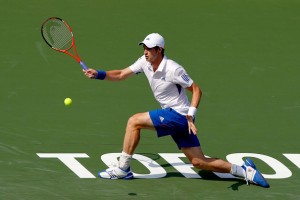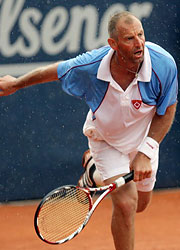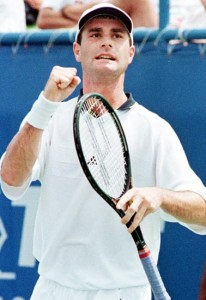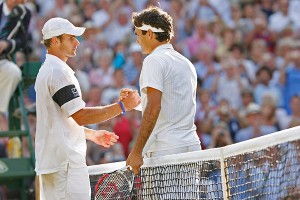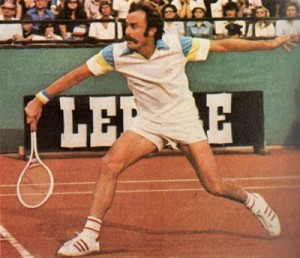American Men Tennis Players Continue To Lag Behind World’s Best 5
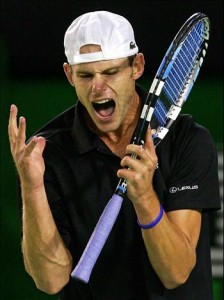
Despite a disappointing 2010 season, Andy Roddick is still the top American on the men's tennis tour.
Andy Roddick’s quarterfinal appearance in the Australian Open will not be remembered as one of the finest moments in his career. He has, after all, won the US Open, on three occasions been a Wimbledon finalist, and has twice been one round further at the AO.
It was a noteworthy event for another reason: It was as far as any American advanced in any of the four majors of 2010. Sam Querrey reached the fourth round of both Wimbledon and the US Open, but got no further. John Isner won the longest match in the history of the sport at Wimbledon, but had nothing left for the next round.
It’s a far, far cry from 1995, when four Americans reached the AO semis, none of those four participated in the first round of Davis Cup and the US side went in as the heavy favorites anyway.
What happened to US tennis? Here are a few factors:
The rest of the world caught up: Globalization affects a lot more than who makes our toys, and this is evident when looking at the ATP Tour’s top 5.
Spain has a proud tennis history, but Rafael Nadal has already won more Grand Slams than any other two Spanish players – men or women – put together. Swiss Roger Federer and Serb Novak Djokovic, among their many other accomplishments, are the first men from their countries to win Slams. Read the rest of this entry →
